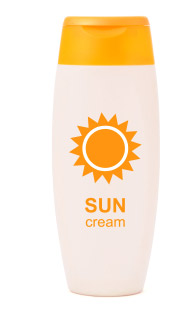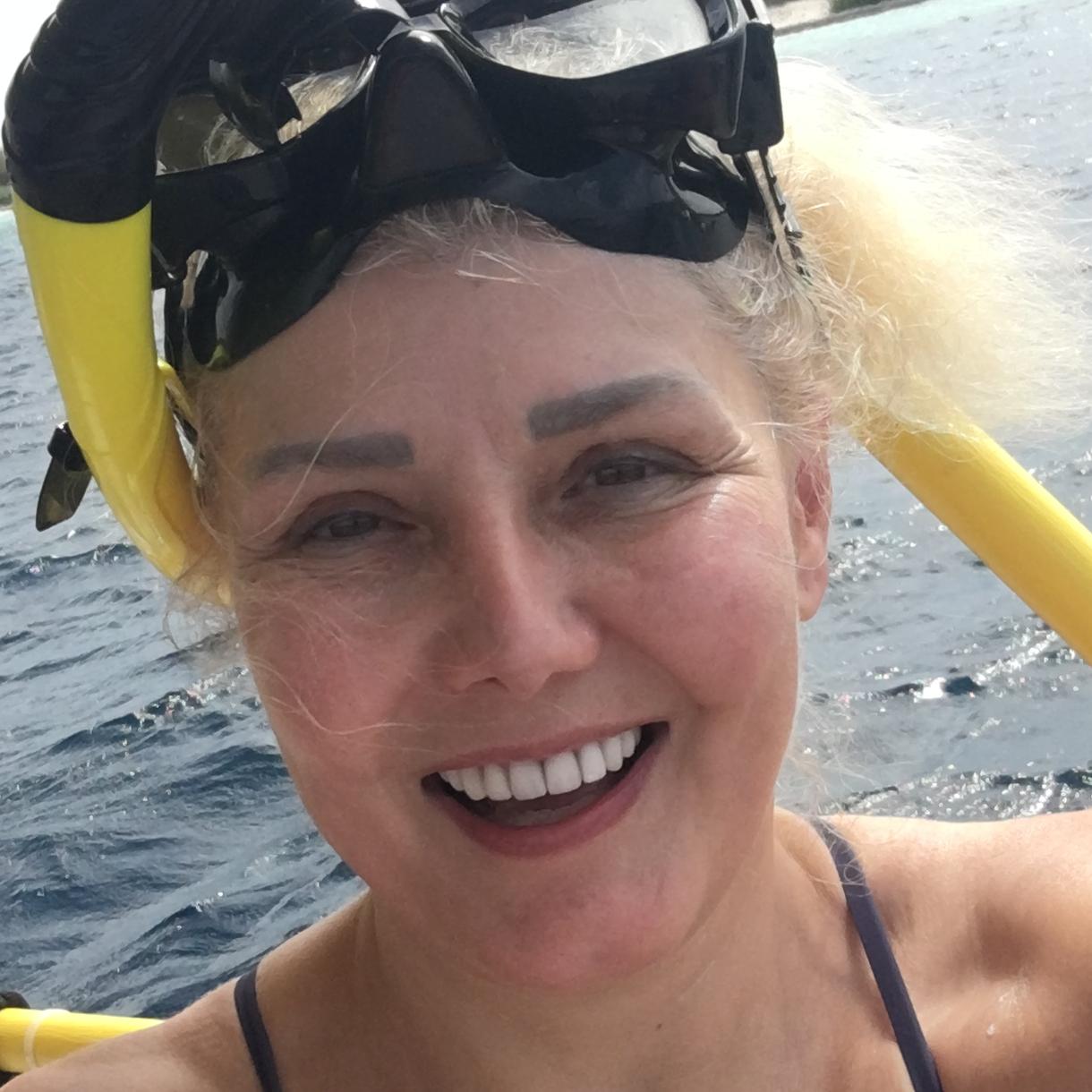Although it is important to get adequate amounts of sunlight to boost your vitamin D levels, too much sun exposure can be harmful to your skin. When having fun in the sun, always remember to take the time to protect your family from overexposure to ultraviolet (UV) radiation from the sun. Are you having a sun-safe Summer?
How much do you know about sun safety? Take the Quiz!
 1. True or False: A sunscreen labeled SPF 30 blocks twice as much UV radiation as one labeled SPF 15.
1. True or False: A sunscreen labeled SPF 30 blocks twice as much UV radiation as one labeled SPF 15.
2. True or False: Getting a “base tan? at an indoor tanning salon is not a good way to prevent sunburn when participating in outdoor activities.
3. True or False: SPF stands for Sun Power Factor.
4. True or False: To keep your child protected from the most harmful sun rays, you should choose outdoor playtimes after 1 PM as the sun is most harmful in the early morning hours.
5. True or False: Sunscreen should be applied every two hours.
6. True or False: You are not at risk for sunburn on a cloudy day.
7. True or False: Babies younger than six months can wear sunscreen.
8. True or False: People with family histories of unusual moles or malignant melanomas are at the highest risk for developing skin cancer. They should pay extra attention to changes in moles.
9. True or False: A child needs to reapply sunscreen after swimming or sweating if the product he or she is using is waterproof.
10. True or False: It takes just six sunburns to increase a child’s risk of skin cancer.
Answers
1. False. SPF describes how long a product will protect your skin, if you apply the sunscreen correctly. Fair-skinned people begin to burn in about 15 minutes on a sunny day, so wearing an SPF 15 sunscreen would prevent sunburn for about 225 minutes (15 SPF x 15 minutes until sun burn= 225), or 3 hours and 45 minutes. The SPF 30 sunscreen should last for 450 minutes (30 × 15 = 450), or 7 hours and 30 minutes.
2. True. A “base tan? provides very little protection against sunburn. A base tan may actually increase the chance you’ll get a burn, because you’re likely to stay out longer without properly protecting your skin.
3. False. SPF stands for Sun Protection Factor
4. False. Your child should avoid peak sun hours by playing outdoors early morning or late afternoon.
5. True. You should apply sunscreen every two hours and after swimming.
6. False. Even in the shade, 50 percent of the suns rays will reach your skin.
7. True. The American Academy of Pediatrics (AAP) says it’s safe for infants younger than six months to wear minimal amounts of sunscreen on small areas such as the face and neck. In general, you should keep a baby younger than six months in the shade.
8. True. If you have a family history of skin cancer, you are at a higher risk and should pay special attention to any changes in moles.
9. True. Waterproof or water-resistant sunscreen isn’t 100 percent waterproof or water-resistant.
10. False. Kids who get even two blistering sunburns may increase their risk of skin cancer later in life.

